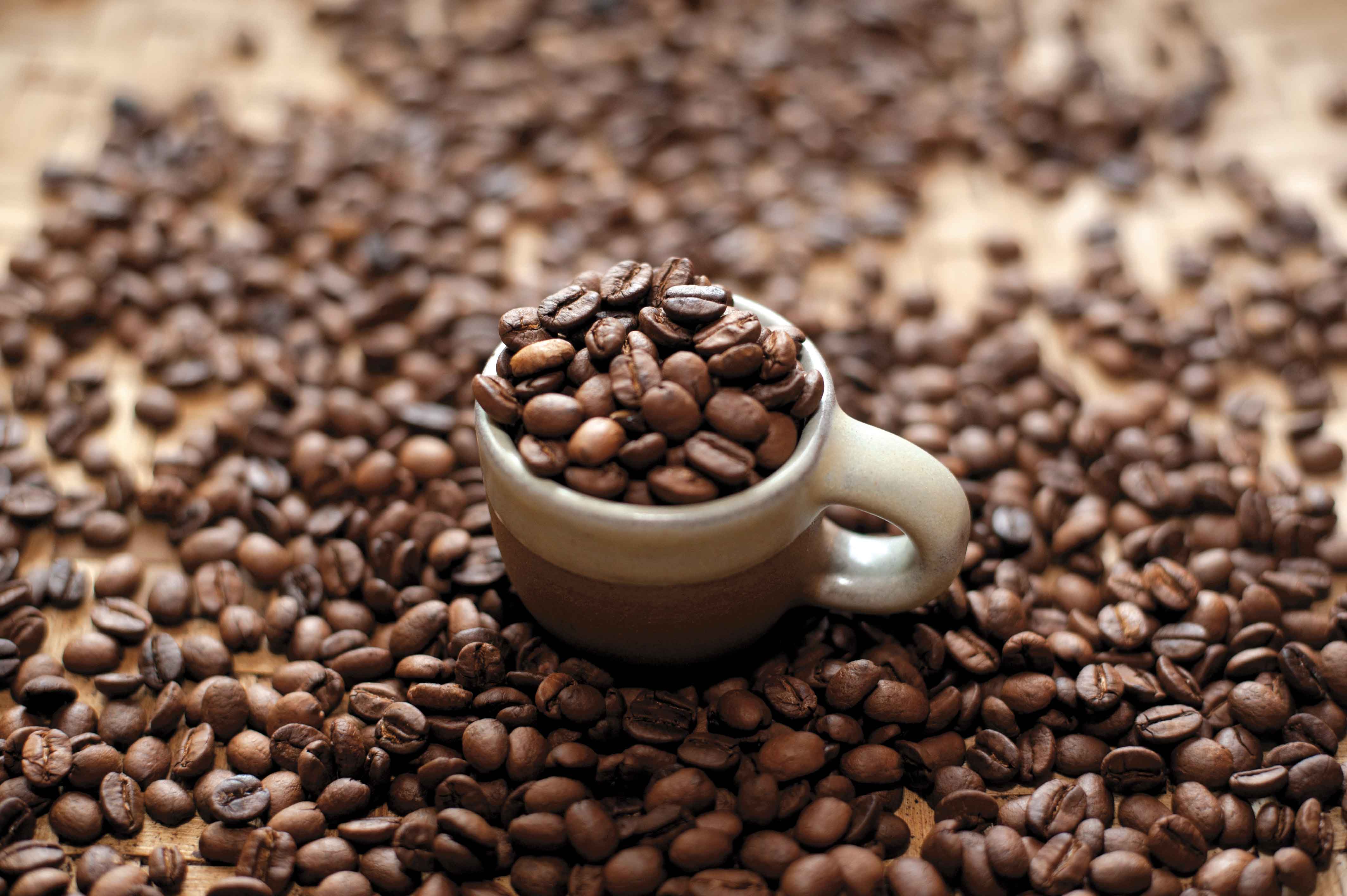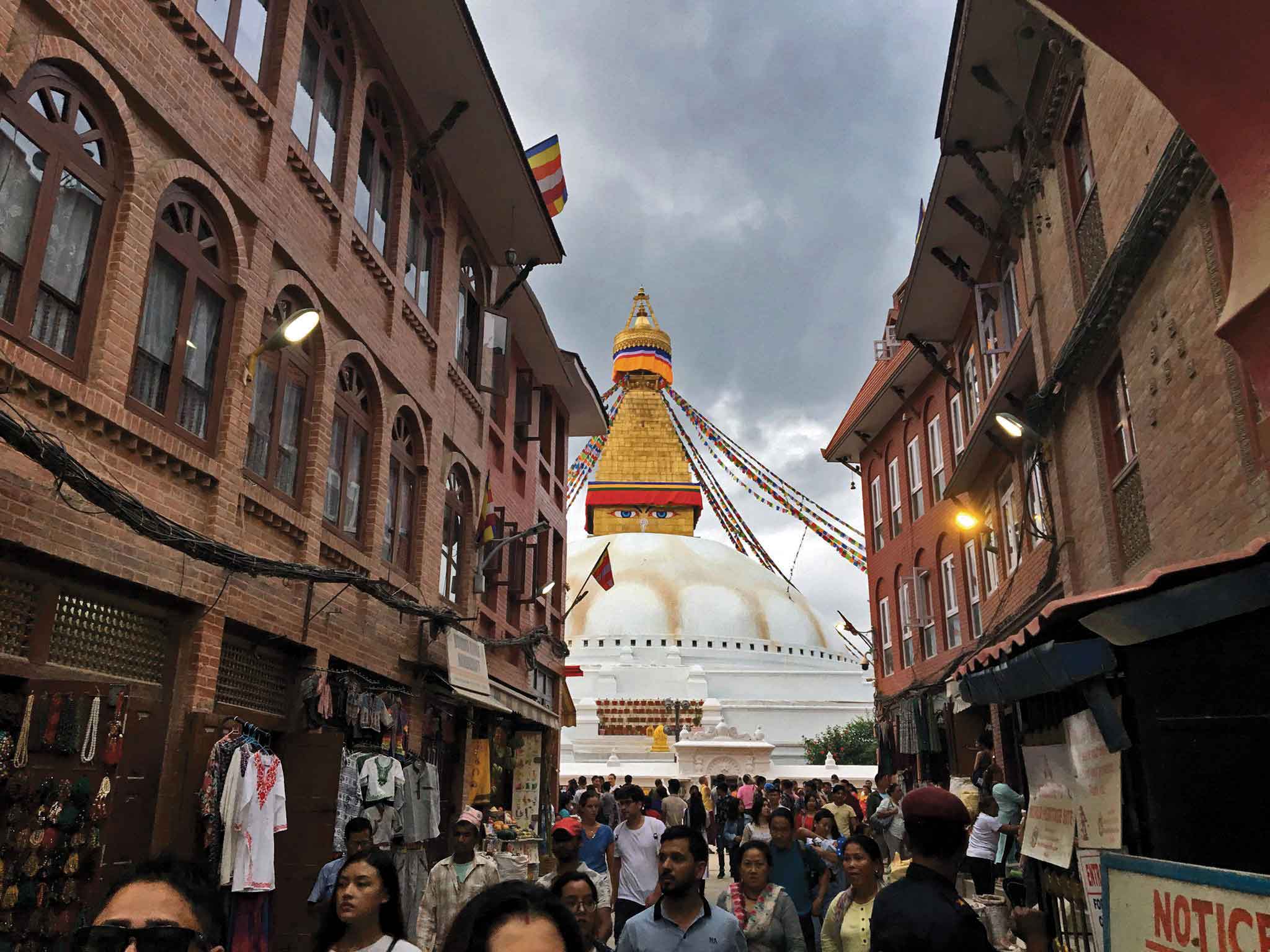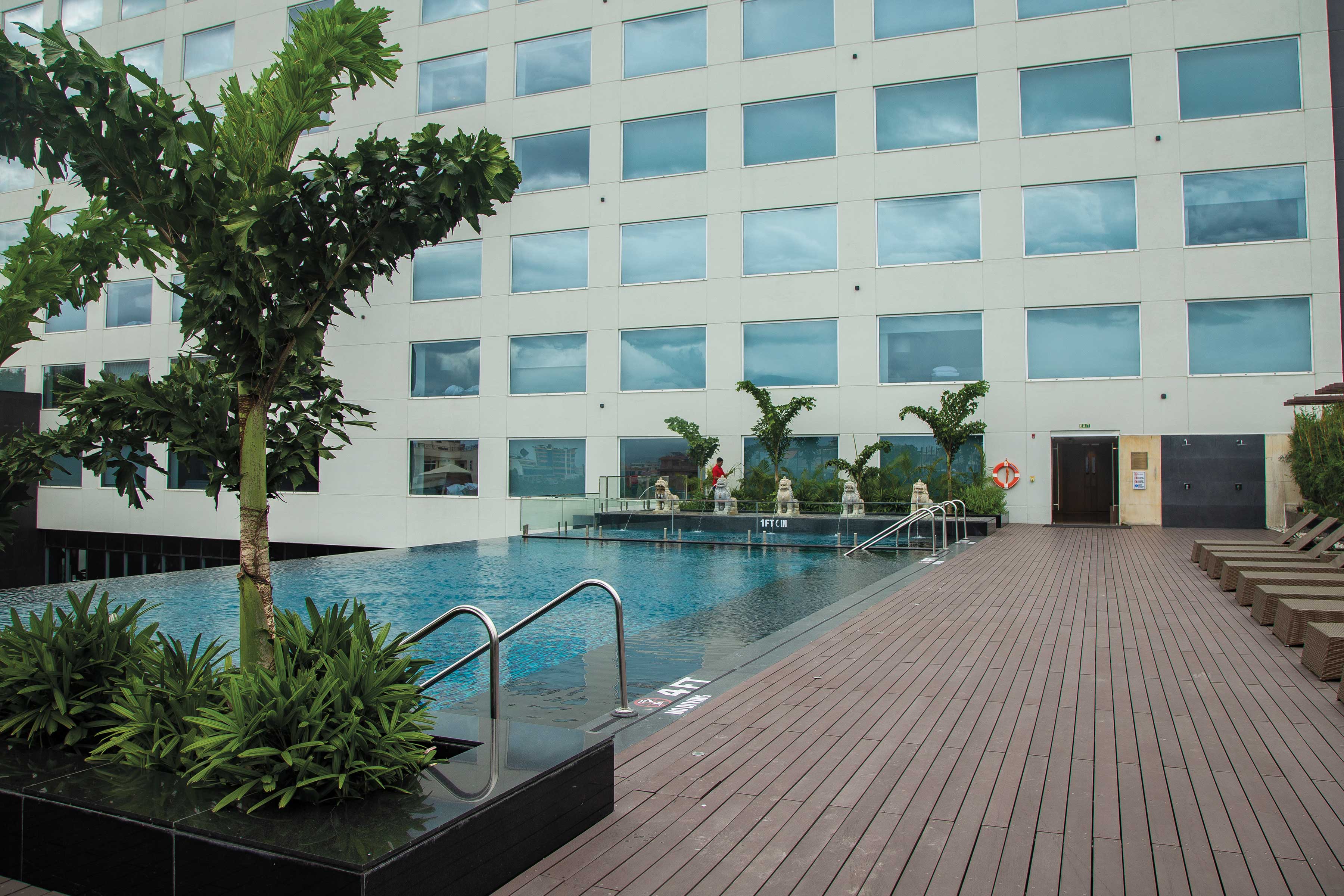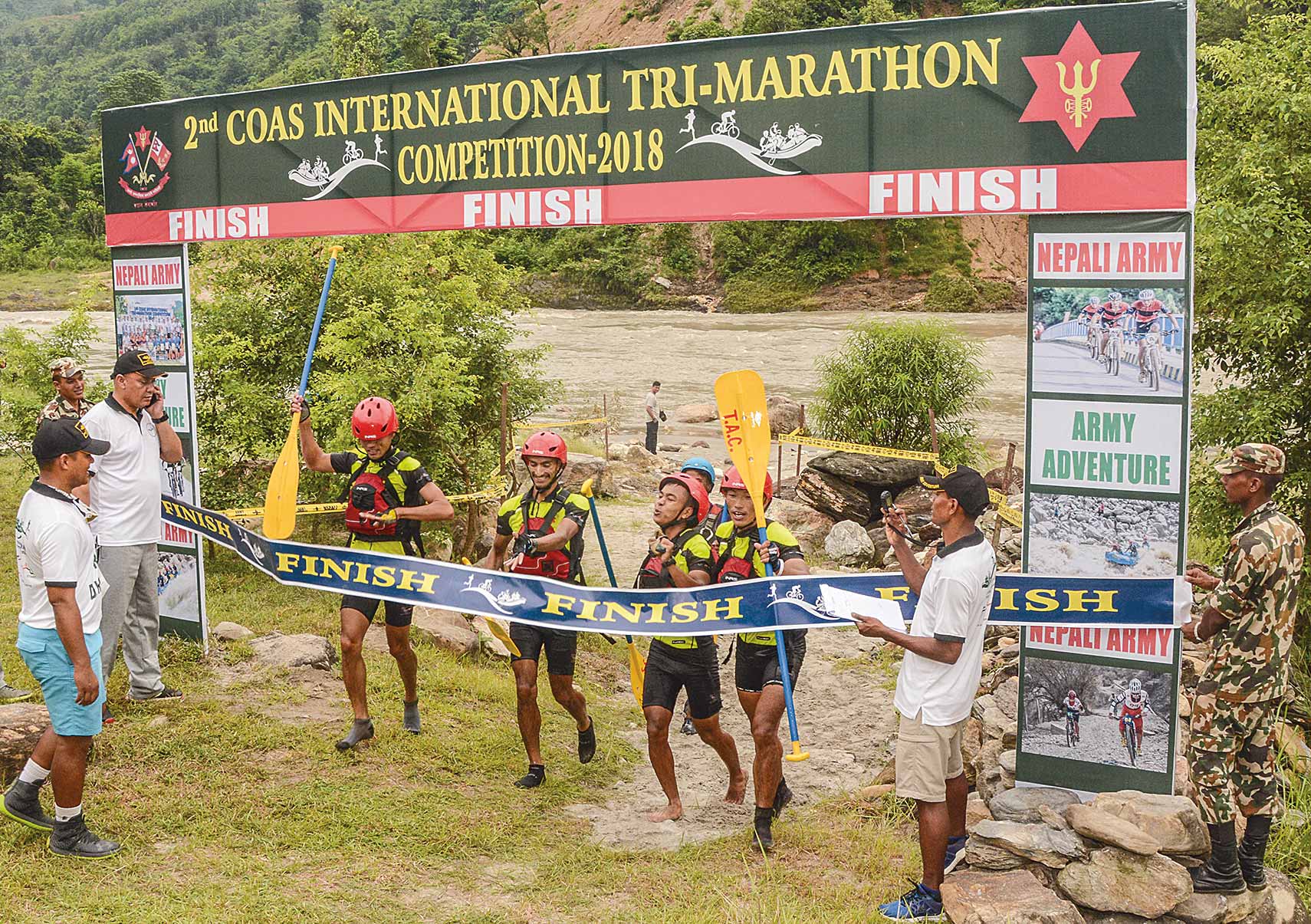W hile researching for information on the revered Bhadgaunle topi, I came across something bizarre written by somebody called Ass on the ‘Backside’ of an English language weekly. While Ass can write what he likes (this is not North Korea), his (or should it be its) view on the Nepali national dress was close to being a treacherous one. It’s a wonder how he’s got away with it. And, before I go on to write about the Bhadgaunle topi, let me first present to you excerpts of Ass’s words as published:
“Had we not got so used to seeing it being worn by officials, our daura suruwal national dress would look pretty ridiculous. It is a cross between thermal underwear and skirt, and to cover up this embarrassing combination it has a silly western-style jacket and a topi … it’s about time we had a new national dress. The prime minister has taken the lead in modeling a revolutionary national dress which consists of a dark suit, white shirt and red tie with a Bhadgaunle topi … the dress is catching on so fast that there is now a severe shortage of topis. Even in the ex-royal army functions this week where the dress code was “Uniform, Lounge Suit or National” Baddie ministers turned up in suits and black topis…” Where is Lenin? By Ass on Nepali Times Issue #440 Backside
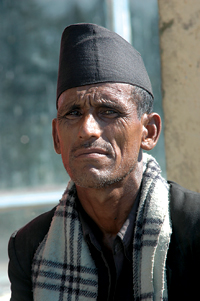 Thankfully, Ass has been less derogatory to the topi which as is evident, is a recurring factor in the above mentioned tirade. Now, hoping that Ass is put in his place by somebody or the other let me continue with the gist of this article, that is, the Bhadgaunle topi. First, the name: its origin is in Bhaktapur which was once known as Bhadgaun. The Bhadgaunle topi, normally black in color, is unique in texture and pattern and still worn as a part of the national attire by everybody and more so by many old timers of the medieval city of Bhaktapur. In fact, one must say that before the Bhadgaunle topi became a part of the national dress, it was a Newari fixture in the Kathmandu Valley. And even today, this popular topi is made only in Bhaktapur.
Thankfully, Ass has been less derogatory to the topi which as is evident, is a recurring factor in the above mentioned tirade. Now, hoping that Ass is put in his place by somebody or the other let me continue with the gist of this article, that is, the Bhadgaunle topi. First, the name: its origin is in Bhaktapur which was once known as Bhadgaun. The Bhadgaunle topi, normally black in color, is unique in texture and pattern and still worn as a part of the national attire by everybody and more so by many old timers of the medieval city of Bhaktapur. In fact, one must say that before the Bhadgaunle topi became a part of the national dress, it was a Newari fixture in the Kathmandu Valley. And even today, this popular topi is made only in Bhaktapur.
The Bhadgaunle topi’s popularity has been challenged by the Dhaka topi, a more colorful cap that is an alternate to the former as an integral part of the national attire. Yet, the Bhadgaunle continues to be a compulsory part of menswear in national institutions like the army, the police and the scouts. Not to say among the thousands of farmers plying the fertile fields (at least what is left today) of the Kathmandu valley. One could say that if ever there is something that typifies the typical Nepali man, it is this simple topi. Of course, with the advent of rougher days in this once peaceful country, what with a substantial section of the populace denying the national dress as their own, the Bahdgaunle topi was bound to take a hit.
No wonder the Federation of Handicrafts Association (FHAN) thought it was time to “study on production and usage of this cap and identify suitable solution for its preservation and promotion.” Accordingly, the federation’s Innovative Product Development Committee organized an observation study mission in Bhaktapur on February 1, 2009 which visited the traditional cap producing facilities in Bhaktapur and observed the production process with a view to better understand the specifics and come up with a suitable strategy for future action. It is said that there was once a time when almost every household in Bhaktapur had someone involved in the production of the Bhadgaunle topi, so great was the demand. The study team fortunately came up with the conclusion that this important aspect of Nepali identity is still as popular among a majority of Nepalis and that the demand is still significantly high. So, hats off to the Bhadgaunle topi!



